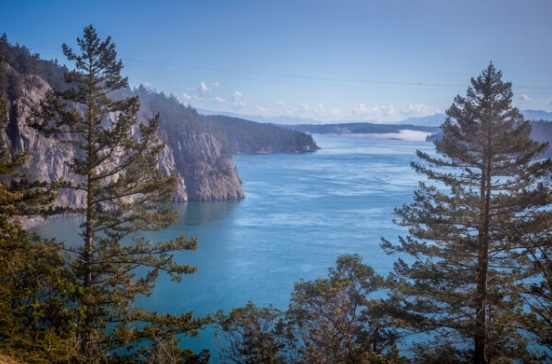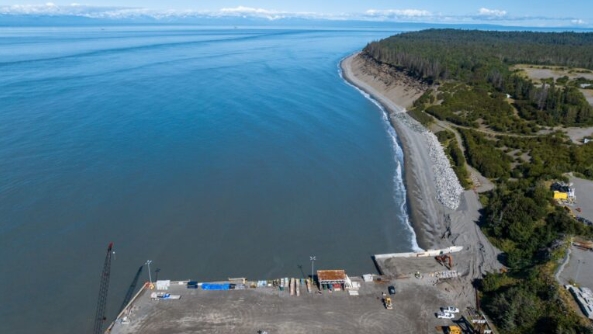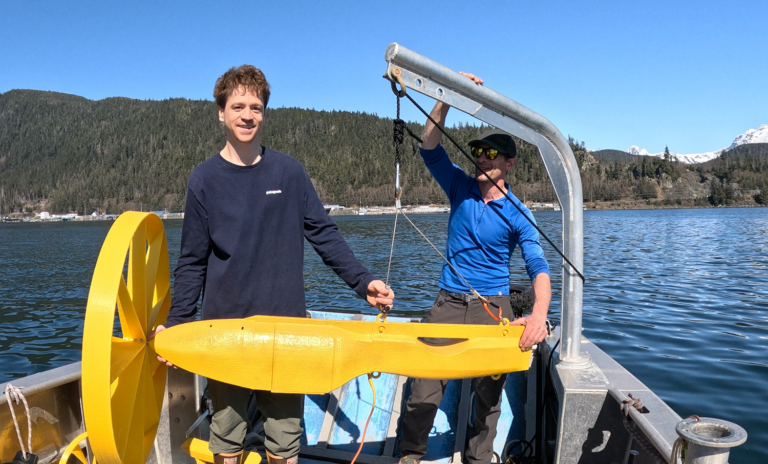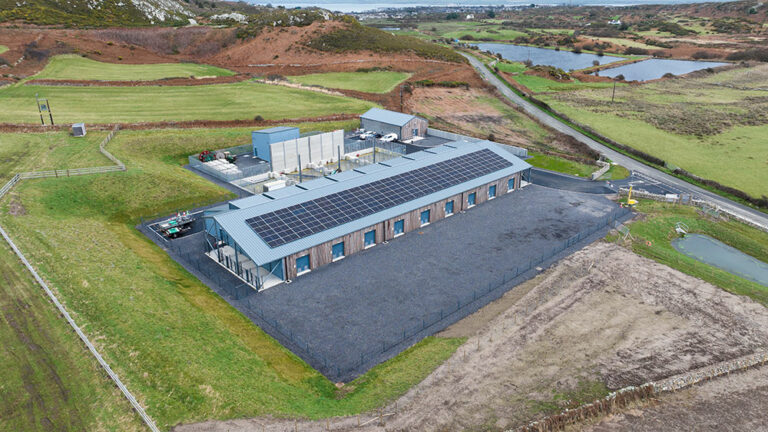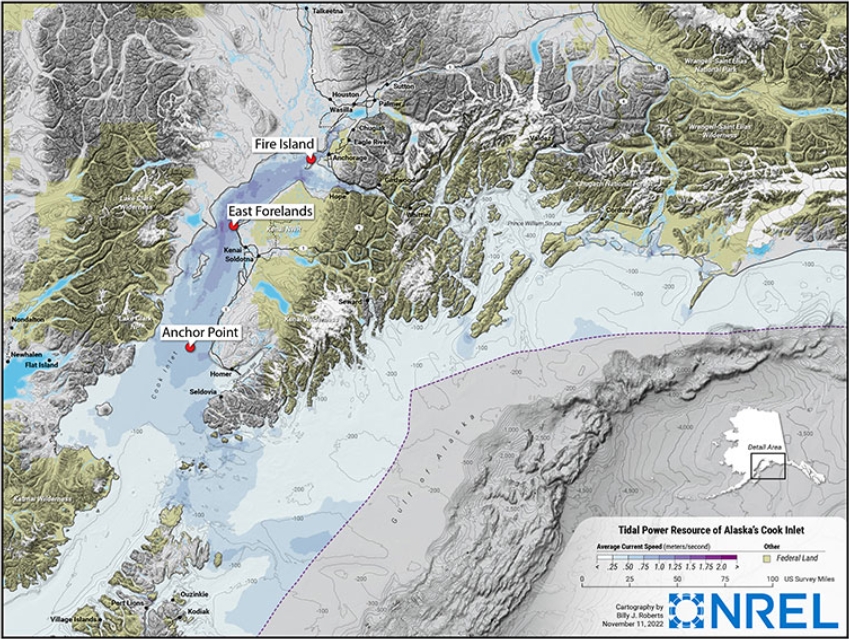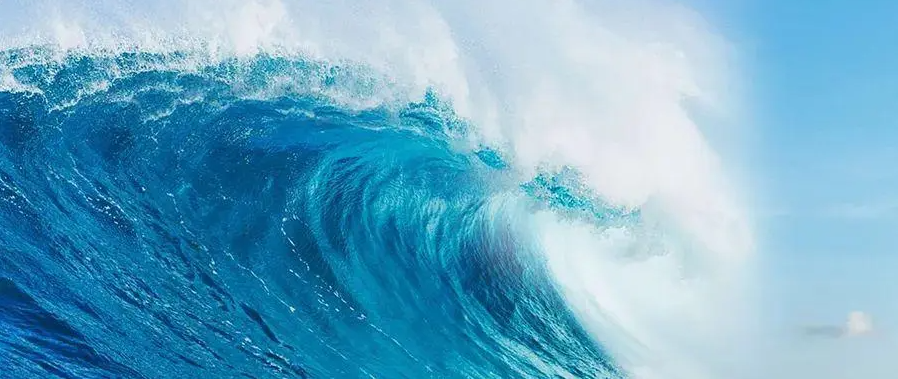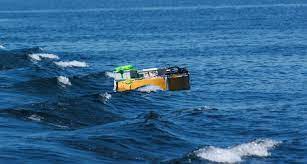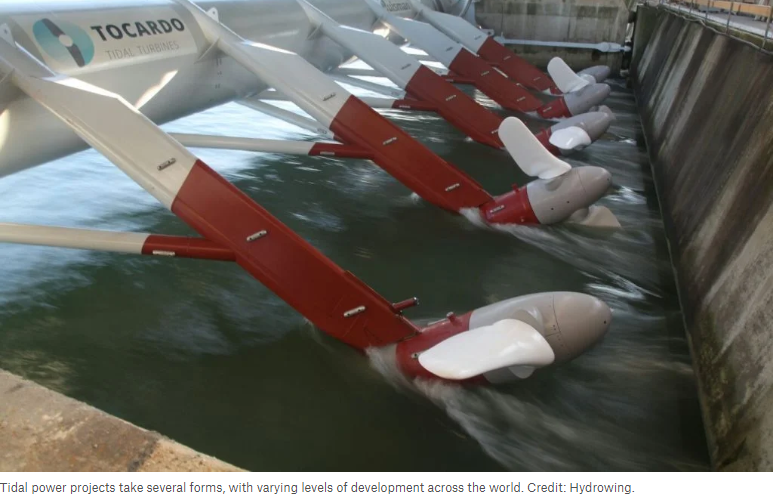Mitsubishi Power, a wholly-owned subsidiary of Japan's Mitsubishi Heavy Industries, is planning to commercialise a gas turbine system that combines selective catalytic reduction with a newly-developed combustion technology to curb nitrogen oxide emitted from the direct combustion of ammonia. The company is targeting to tap demand for on-site power generation at industrial plants and small-size power stations on remote islands as Japan shifts to cleaner energy forms.
Mitsubishi Power is expected to eventually develop larger ammonia-fired gas turbine power generation units. The company has been working to develop technology allowing a fuel shift from natural gas to hydrogen in combined-cycle gas turbine (CCGT) systems, while exploring the use of ammonia as a fuel. It is also developing a system to separate ammonia into hydrogen and nitrogen using waste heat where the hydrogen will be used to run CCGTs.
The project, when commercialised, would be the world's first gas turbine of this scale to be fully fuelled by ammonia for power generation. Smaller ammonia-fuelled gas turbines of 50-2,000kW size have been tested and developed by Japanese laboratories and engineering firms including IHI and Toyota Energy Solutions.
Japan is targeting to increase the use of ammonia as a fuel as part of efforts to achieve the country's 2050 decarbonisation goal. Ammonia is expected to be initially used mainly for 20pc co-firing at coal-fired power generation plants. Development of power generation technology from direct burning of 100pc ammonia remains key to successfully expand ammonia demand and develop a supply chain as Japan considers phasing out half of its coal-fired power capacity by 2030.
This article is reproduced at www.argusmedia.com
